Two words describe Qingshui — culture and ecology.
You can hike to see its rich history. You can weave in and around its streets to sample its specialty cuisine.
You can wander between its old buildings to encounter art in what is a human wilderness.
Or you can feast your eyes on the famous sunsets off the west coast.
By the west coast I refer to the Gaomei wetlands, one of the most visited tourist hotspots in Qingshui if not the whole of Taichung.
While the wetlands will be mentioned later on, this guide will also introduce a few more exceptional places for the flâneur — the casual wanderer.
Niumatou Site
The name ‘Qingshui’ carries with it ancient history.
The land was inhabited as early as 4000 years ago in the twilight years of the Stone Age.
Later on, the Papora tribe established their own culture here, and called the area ‘Gomach’, which could be transliterated to ‘Niumatou’.
The Japanese occupation renamed it Shimizu Town, but when the Japanese left the place was named Qingshui, retaining the Japanese name in kanji but changing it to its Chinese pronunciation.
Secrets of Qingshui remain buried under layers of past civilization.
Many unearthed relics have now made their way to the Niumatou Site, located on Aofeng Hill.
Nearby schools often take students on field trips to the Niumatou site, and the facility also has a DIY center to keep the kids entertained with handicrafts.
Location: No.59, Aohai Road, Qingshui District, Taichung City, Taiwan 436
Open: 9 AM —5:30 PM. Closed on Mondays.
Wang Ta Rice Cake Glutinous Rice
Qingshui is famous for its rice cakes.
Among the local sellers of this delicacy, Wang Ta Rice Cake takes the literal cake.
Their sticky, glutinous rice is served in the shape of pudding, complete with a brown, meaty cap.
Pieces of pork and oyster hide under the thick gravy, and it goes well with everything else on the menu, from wonton soup to noodles.
On busy days the restaurant can be easily located thanks to the long line spilling out of the entrance.
The shop also boasts a robust takeaway service, but seats inside are often occupied, and strangers usually have to share tables.
Here, Taiwanese courtesy and amicable chatter is commonplace.
Location: No. 30-1, Zhongxing Street, Qingshui District, Taichung City, 436
Open: 9:30 AM — 8:30 PM
Qingshui Art Village / Military Dependents’ Village
There is more to Qingshui Art Village than meets the eye.
Formally known as Xinyi New Village, the Qingshui Art Village was originally a residential area for the Japanese Navy during their occupation of Taiwan.
When the Kuomintang arrived in Taiwan the village became the home of Taiwanese air force officers as well as their families.
Nowadays, most of the original residents have left, leaving the buildings in various states of disrepair.
While several buildings have been renovated for recreational and artistic purposes, the original look of the village has been largely preserved.
The narrow alleyways are full of eye candy, from handicrafts linking the walls to the flora taking the place of the name plates of the vacated homes.
Visitors could find their stay lasting longer than expected as a result of finding new wonders popping out in front of them at every turn.
Many stray cats also like to wander the ruins and have become local celebrities of a sort.
Location: No. 41, Xinyi Street, Zhongshe Road, Qingshui District, Taichung City, 436
Open: 10 AM — 6 PM. Closed on Mondays.
Taichung City Seaport Art Center
Exhibitions are periodically held in the Taichung City Seaport Art Center’s spacious halls under a hill. Go check it out – you’ll see what we mean.
From July to August 2020, the space is dedicated to the 2020, Taiwan Emerging Art Awards, and features quirky and thought-provoking works from up and coming artists from around Taiwan.
Whether it be inserting pop culture references into ancient Chinese paintings, or fashioning Lovecraftian arcade machines from junk, the creations prove that these Taiwanese see a world where traditional thinking could be defied in the name of art.
Location: No. 21, Zhongshen Road, Qingshui District, Taichung City, 436
Open: 9 AM — 5:30 PM. Closed on Mondays.
Wuqi Fisherman’s Wharf
Wuqi Fisherman’s Wharf (a.k.a. Wuqi Fishing Port)
These indoor facilities are roughly divided into four accessible areas.
The main entrance opens up to stands that sell fried fish, grilled squid and fruit smoothies.
The shops further inside lay out dried seafood such as fish floss.
Diners looking for a fancier meal could head to the restaurants beyond the inner shops, but should be expected to pay higher prices too.
To the left of the main entrance is the fish market.
Visitors and customers can ogle the fresh catch of the day. Besides the typical varieties of fish, exotic specimens like hammerhead shark and cuttlefish can be seen on the crushed ice keeping them fresh.
Not restricted to the fish market, vendors from all areas shower compliments at passers-by in the hopes of wooing someone to buy their catch.
While there are recreational areas and parks around the area, packs of stray dogs also call them home.
Proceed with caution, or let sleeping dogs lie!
Wuqi Fisherman’s Wharf is best accessed via bus, car or bike. The long road connecting the wharf to the main road is unkempt and carries the risk of running into more strays.
Location: No. 30, Beidi Road, Qingshui District, Taichung City, Taiwan 436
Open: 9 AM — 7 PM
Gaomei Wetlands
The Gaomei Wetlands is hands down one of the best places in Taiwan to enjoy the sunset…if the weather is kind.
Before heading to the main attraction though, make a stop at the Gaomei Wetland Visitor Center.
The building is a recent addition to the landscape of the wetlands, having only opened last July.
Learn about the close relationship man has with nature in this ecosystem, and educate yourself on the wind turbines you can see across the road, wildlife and seasonal changes in the wetlands.
iBike stations, identifiable by their signature orange bikes, make getting around convenient.
These can be found a short ways from the visitor center.
Register your EasyCard at the kiosk in a process that takes just 5 minutes, and beep the cards against the sensor on the stand to release the bike.
It actually costs nothing to cycle to the next station beside the viewing platform.
A variety of food stands line the path to the viewing platform, selling sausages, salted chicken and freshly squeezed juice and it is best to stay hydrated under the sun, especially during the summer.
On clear days, the raised wooden walkway is packed.
Take care not to fall off on purpose or by accident, or you could find yourself short of several thousand dollars.
The authorities do not take it kindly when someone disrupts the protected zone. It is only when you make it to the end of the platform can you hop off into the mud.
Visitors will often stay until sunset, when the sky burns with shades of yellow, red and even blue.
The view is truly unmatched anywhere else in Taichung.
On cloudy days, the wetlands reveal another side less seen on social media.
Attention turns downwards to the wildlife instead of the skies. Bird watchers may want to aim their binoculars and cameras at the herons and wild ducks that could be sighted wading through the grass.
Mudskippers are a common sight in the mud, and fiddler crab face-offs are so entertaining to watch they should come with commentary.
Location: Meidi Street, Qingshui District, Taichung City, 436
Open: 24 hours, although the ‘pier’ in the photo is closed at high tide with a gate opened by staff when it is safe to venture out.
Tip: Public transport to the area ends at around 7:30 PM, so it is best leave to the wetlands in time or risk taking an expensive taxi; not an issue if you came in a private vehicle.
A day trip to Qingshui is a reminder for travelers to take it slow and simple. Forget the hustle and bustle of the big cities from time to time, and enjoy the down-to-earth pleasures readily found in this coastal district.
All images supplied by, and credit to the author


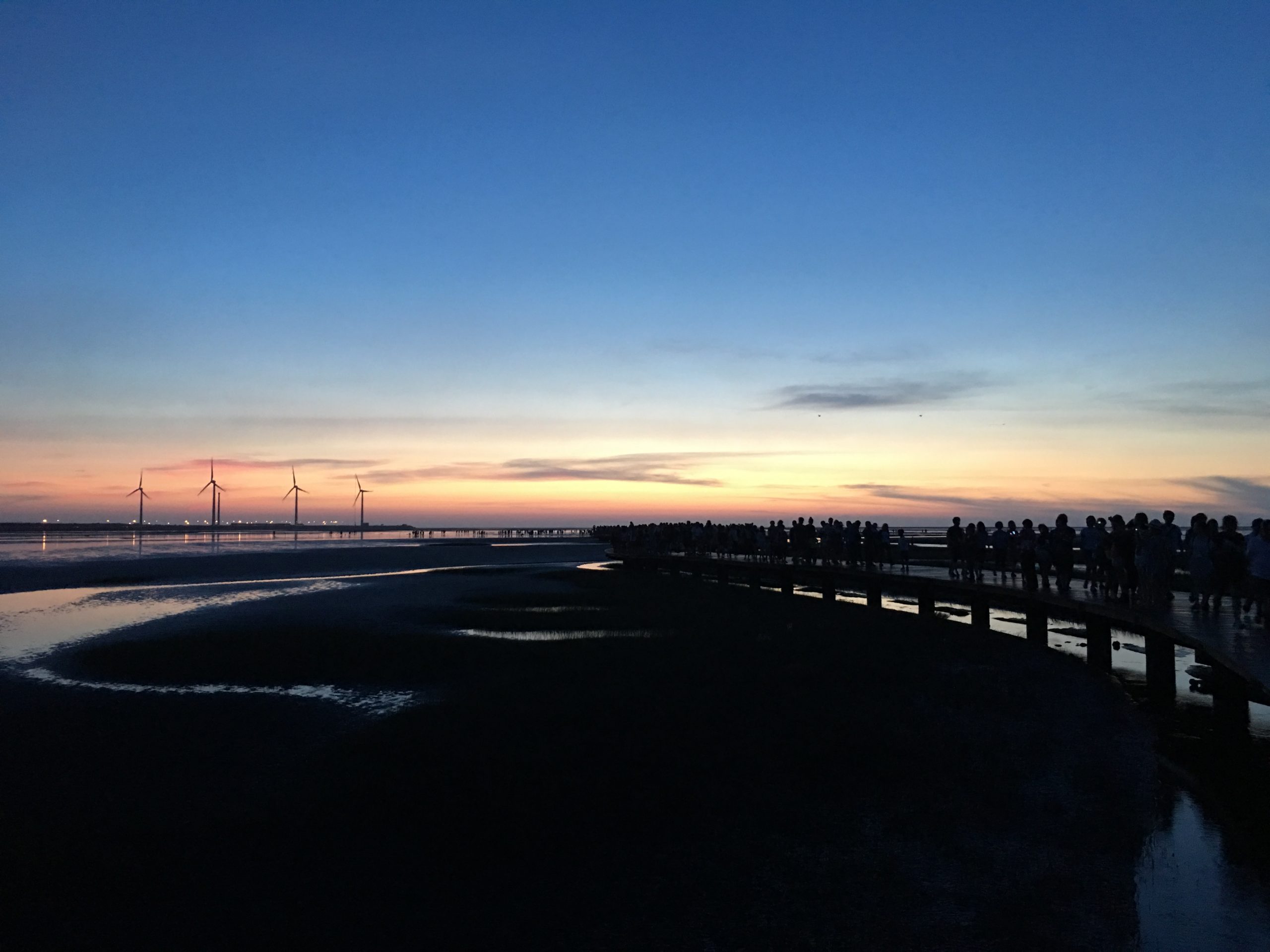


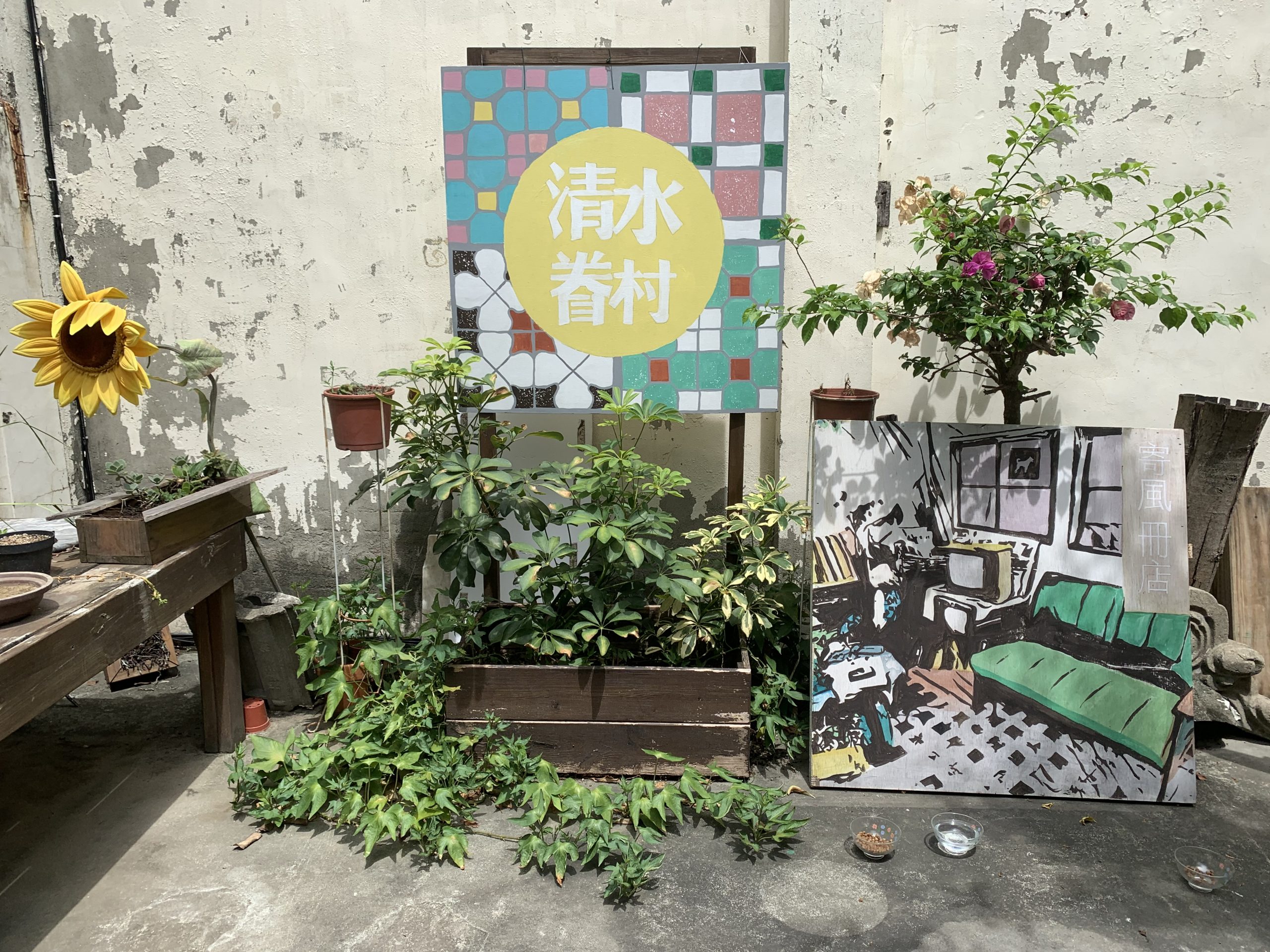

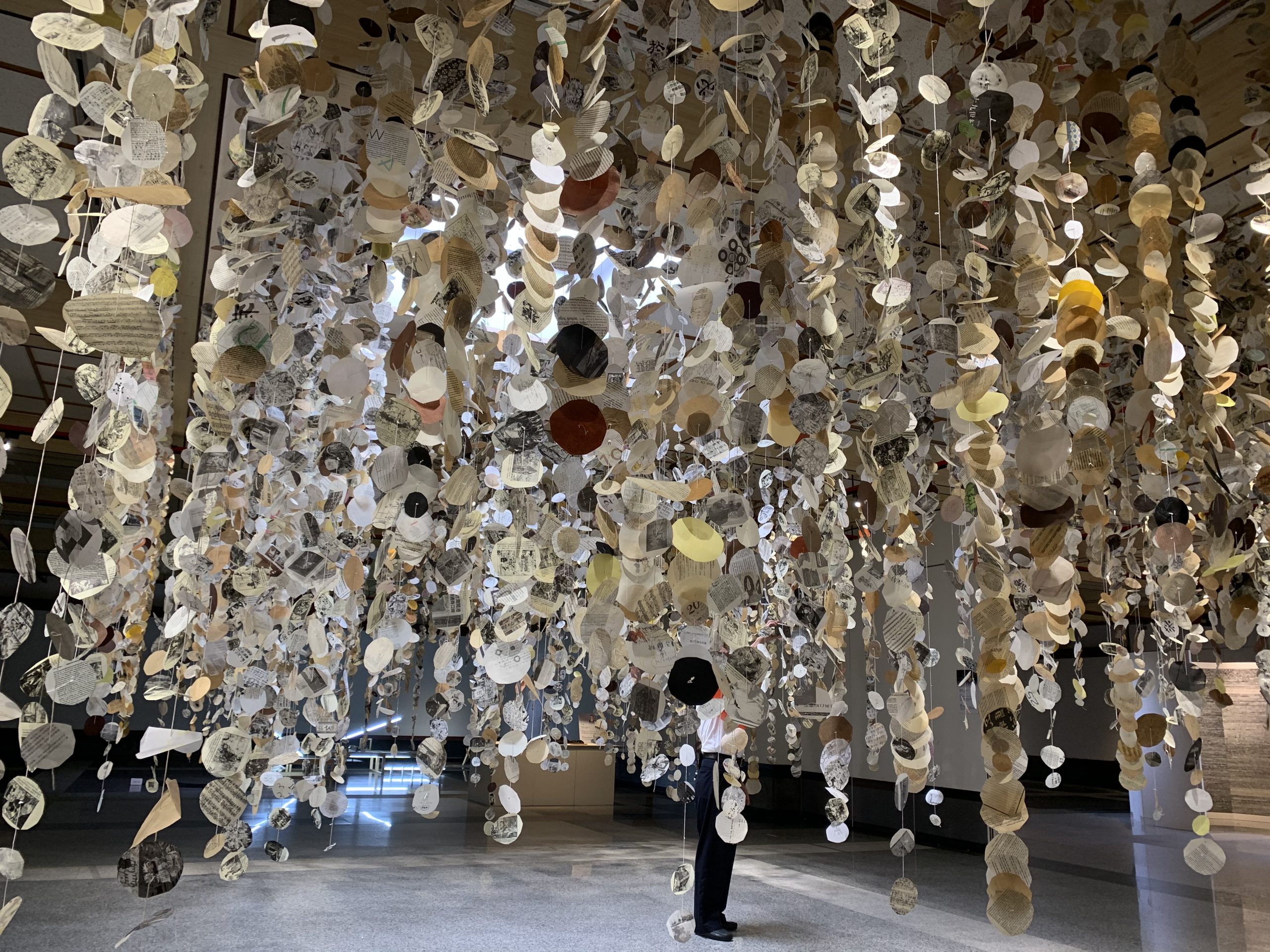
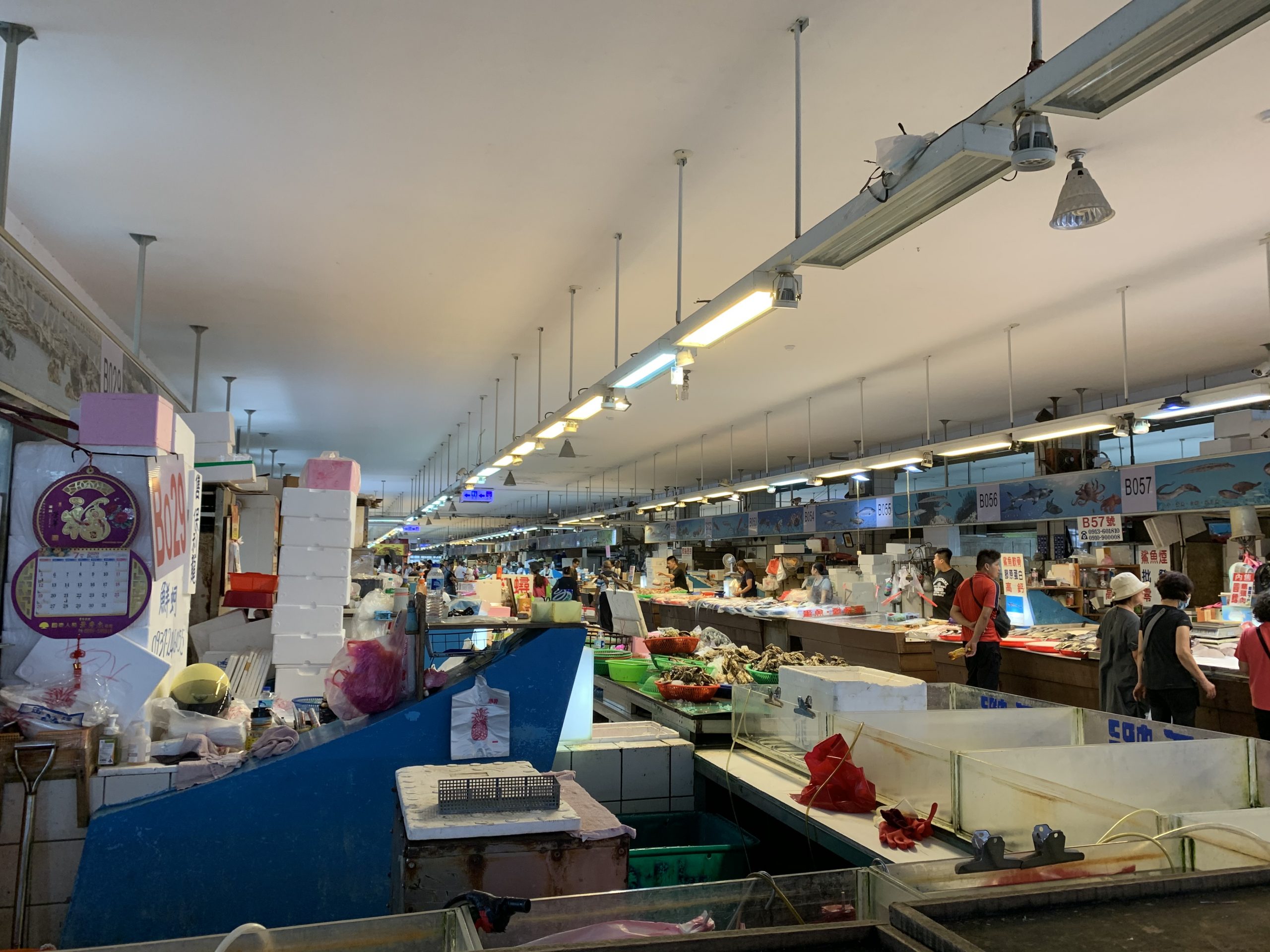
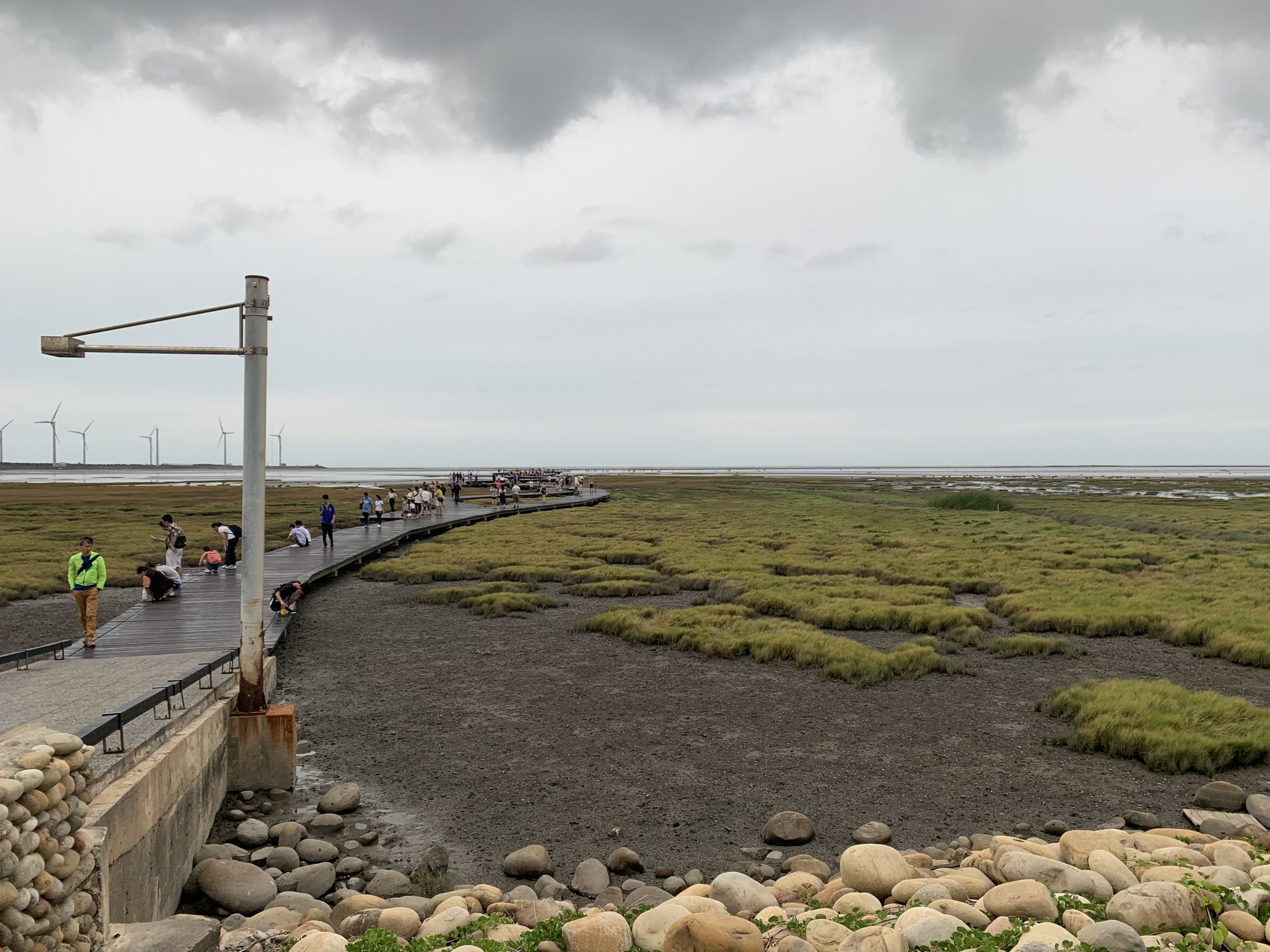
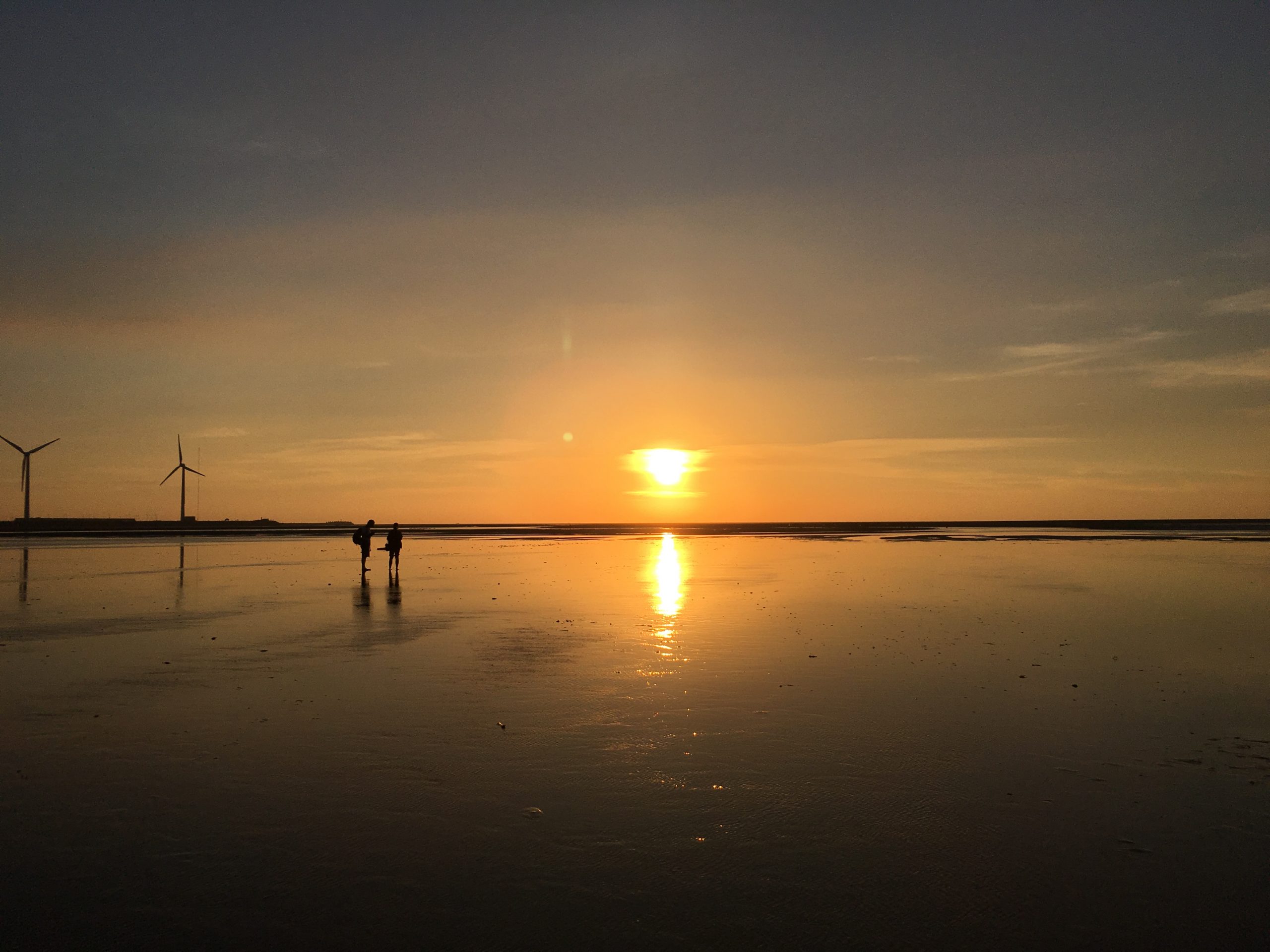

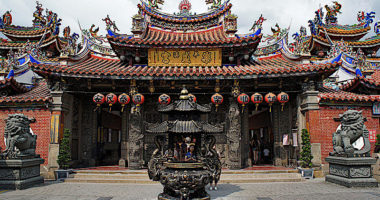
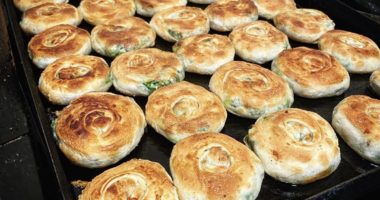
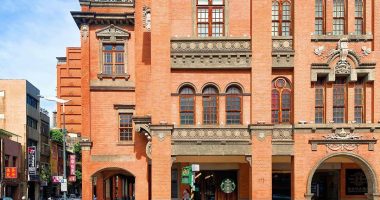
Comments are closed.